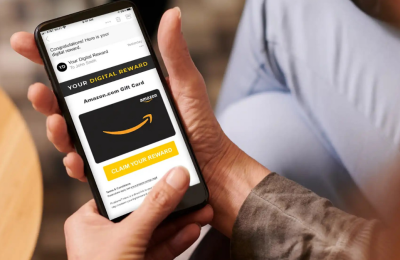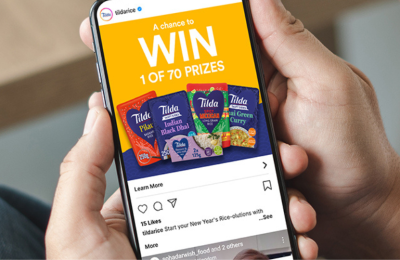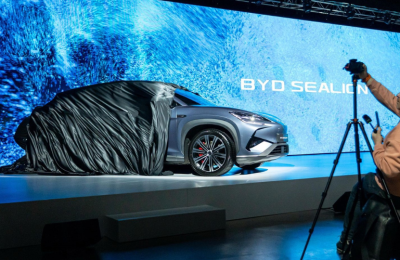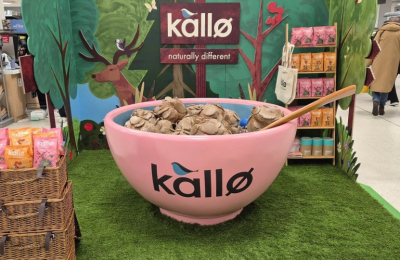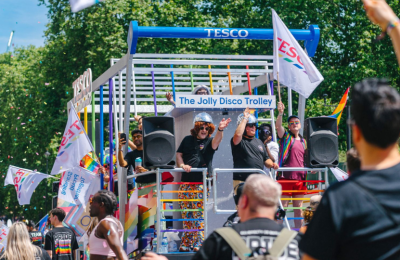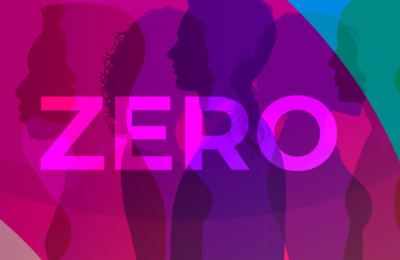COMMENT
Rewarding healthy lifestyles: the next frontier for loyalty?
By David Hargreaves
In 2014, there were 4 billion Internet-enabled devices globally. In the next five years, that number is estimated to soar to 200 billion devices, an average of 26 per person.
Fitness trackers, cars, thermostats, appliances, and even door locks can now access the Web. The Internet of Things (IoT) is fast becoming a reality.
The new breed of Web-enabled devices generates detailed data about users and their environment, providing unprecedented insight into consumer behavior and preferences. It is a marketer’s dream.
The result is a deeper relationship with consumers as brands can now reward positive lifestyle change, in addition to traditional rewards for purchasing and brand engagement.
Brands at the forefront of helping consumers achieve goals are in the retail, health and wellness, and banking and insurance industries.
Retail and wearables
Wearables have become the flagship of the IoT movement. It is hard to avoid the hype that surrounds them, with the Apple Watch launch and FitBit’s growing ubiquity.
Wearables are alerting companies to the potential to tap into consumer loyalty.
In the US, the consumer trend towards wearables is happening against a backdrop of two macro issues: the recognition that obesity is a major societal issue and the United States’ Affordable Care Act.
As a result, many brands are focusing on their role in supporting and enabling healthy lifestyles.
While integrating a gamut of new devices and applications is a major challenge for brands, US sportswear brand UnderArmour has been betting big in this industry. It has acquired a number of activity tracking apps, including MapMyRun and MyFitnessPal, and consolidated them to create the Connected Fitness program.
This has enabled brands to connect technologies such as the Walgreens loyalty program with UnderArmour’s suite of apps via a single integration.
Health and wellness
Walgreens is perhaps the US health and drug brand with the best-developed approach to loyalty, with 1.3 million active loyalty members.
The drugstore chain has started promoting healthy activity by awarding points for walking, running or cycling as measured by a hardware device, such as a Jawbone or an app such as MyFitnessPal.
In addition to promoting healthy lifestyles, Walgreens’ loyalty program also rewards people for quitting smoking by tracking daily goal achievements.
Currently, this feature relies on self-reporting; but the IoT also extends to e-cigarettes, where users can track how many puffs they take via a mobile-app.
Many wearables also record sleep patterns, which enable companies in industries such as pharmaceuticals to use the data to reward drug adherence.
And diet brand companies or gyms use Fitbit’s Aria scales to reward consumers for hitting weight loss goals.
Financial and insurance industries
Even financial service companies are beginning to reward behavior. Alfa Bank goes as far as offering active customers a premium interest rate.
Though a bank offering lower interest rates to healthier customers may seem like a gimmick, the logic is based on the fact that healthier, more active consumers live longer and spend more money than their unhealthy counterparts.
Insurance companies also offer unique incentives through consumer rewards.
Humana rewards Vitality program members with lower insurance premiums based on their activity.
John Hancock gives its members a free Fitbit device and rewards activity points that can be redeemed with complementary brands such as upscale supermarket chain Whole Foods.
Growth in IoT connected devices
The IoT enables businesses to collect data and thoroughly analyze consumer behavior. Leveraging this information to develop or enhance products and services will be key to improving and maintaining brand loyalty.
Right now, the average US and UK early adopter family has around seven internet-connected devices in their home. But that number is going to grow rapidly.
In 2015 alone, according to management consultants Deloittes, one billion more IoT connected devices will be shipped around the world, while research from analysts Gartner suggests that the average US home could have more than 500 internet-connected devices by the year 2022.
When consumers are used to having Internet-enabled devices in their home, at work, in the car, on their body or even in their body, then engaging and rewarding them based on real-time behavior and context will be the norm.
David Hargreaves is San Francisco-based chief client officer of Snipp Interactive. Reach him at dhargreaves@snipp.com.


